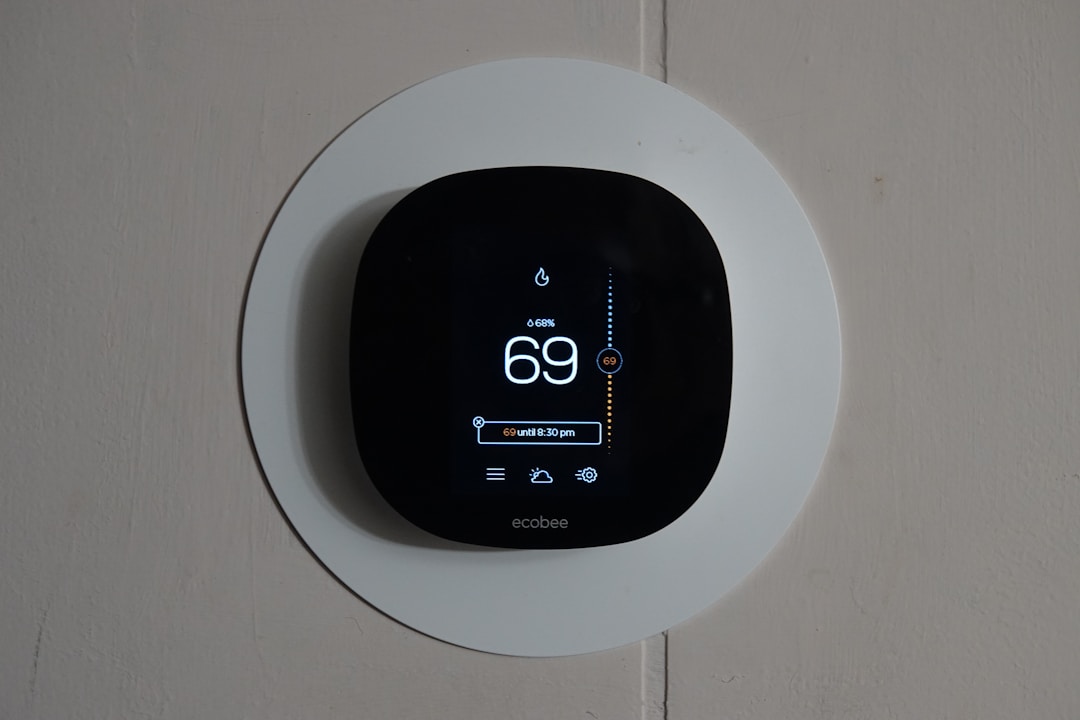There are few systems more integral to keeping your home comfortable than your HVAC system. However, you’ll need to make sure you maintain it well if you want it to operate at peak efficiency. Your thermostat is an essential part of your HVAC system, and it can be just as vulnerable to malfunctions and breakdowns as any other appliance in your home. Many people don’t know how to tell when their thermostat isn’t working, or they can’t recognize the red flags that might indicate something is wrong. Keep reading to learn more about how to know if you need a new thermostat for your home.
How can you tell if you need a new thermostat?

If you’re a first-time homeowner or new to HVAC system maintenance, you may not know how to tell if you need a new thermostat for your home. There are several warning signs you should keep an eye out for, some of which may be more noticeable than others. One obvious sign that something is wrong is if your thermostat won’t turn on or off. Your thermostat is responsible for communicating with your HVAC unit, so if that connection has been disrupted, you may notice that you won’t be able to turn the power on or off or adjust your temperature settings.
Another indication that something is up with your thermostat is when it begins to display inaccurate temperature readings. If it feels warmer or cooler than it should in your home after you’ve set your thermostat, it may be malfunctioning. You should also make sure your thermostat isn’t close to any appliances that could affect its readings and is a safe distance away from sunny windows.
When your thermostat isn’t working properly, it can also cause your HVAC to cycle on and off. The overwork on your system can also be expensive, as it can waste a significant amount of energy. This process is likely to cause your energy bills to rise substantially. If you have suspiciously high utility bills, you may want to look into whether your thermostat or HVAC is the culprit.
Why should you consider upgrading to a smart thermostat?

If you’re having a new thermostat installed, it’s worth considering a smart thermostat instead of a traditional one. A smart thermostat is programmable and can often be controlled via mobile app or web portal, which will let you adjust the temperature even when you’re not in your house. Some systems also allow for zone cooling, which allows you to set different temperatures for different parts of your home. Being able to control the amount of energy your system uses and how frequently it’s turned on or off can cut down on your energy costs significantly, making a smart thermostat a smart buy from a financial perspective, too.
Another reason to consider installing a smart thermostat is because of the value it adds to your house. Prospective buyers are starting to prioritize sustainability and eco-friendly upgrades, including energy-saving smart devices like the smart thermostat. Even though you may not be considering a sale now, it’s always a good idea to improve your home in ways that may increase its overall equity.
While it can be tricky to know what’s wrong with your thermostat without experience, it’s always better to be safe than sorry when it comes to maintaining your HVAC system. Inaccurate readings, high bills, and poor functionality can all be red flags. If you notice any telltale signs that something might not be working properly, call a technician and have them inspect your unit and your thermostat as soon as possible. With the winter months fast approaching, you won’t regret making sure you’re able to effectively heat and cool your home all season long.
